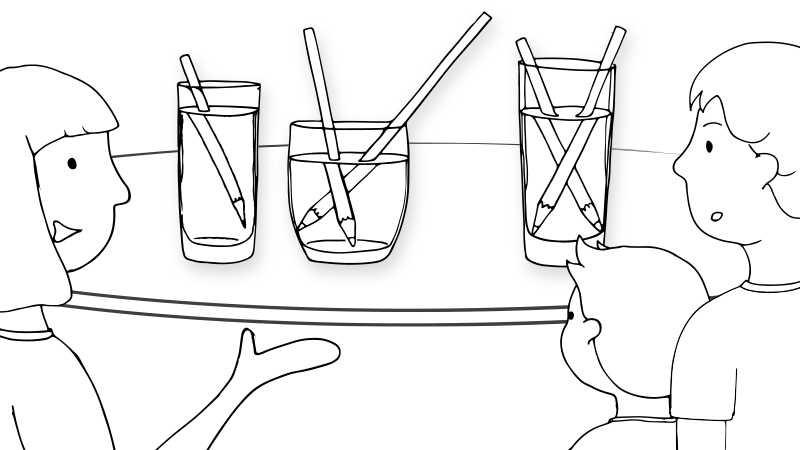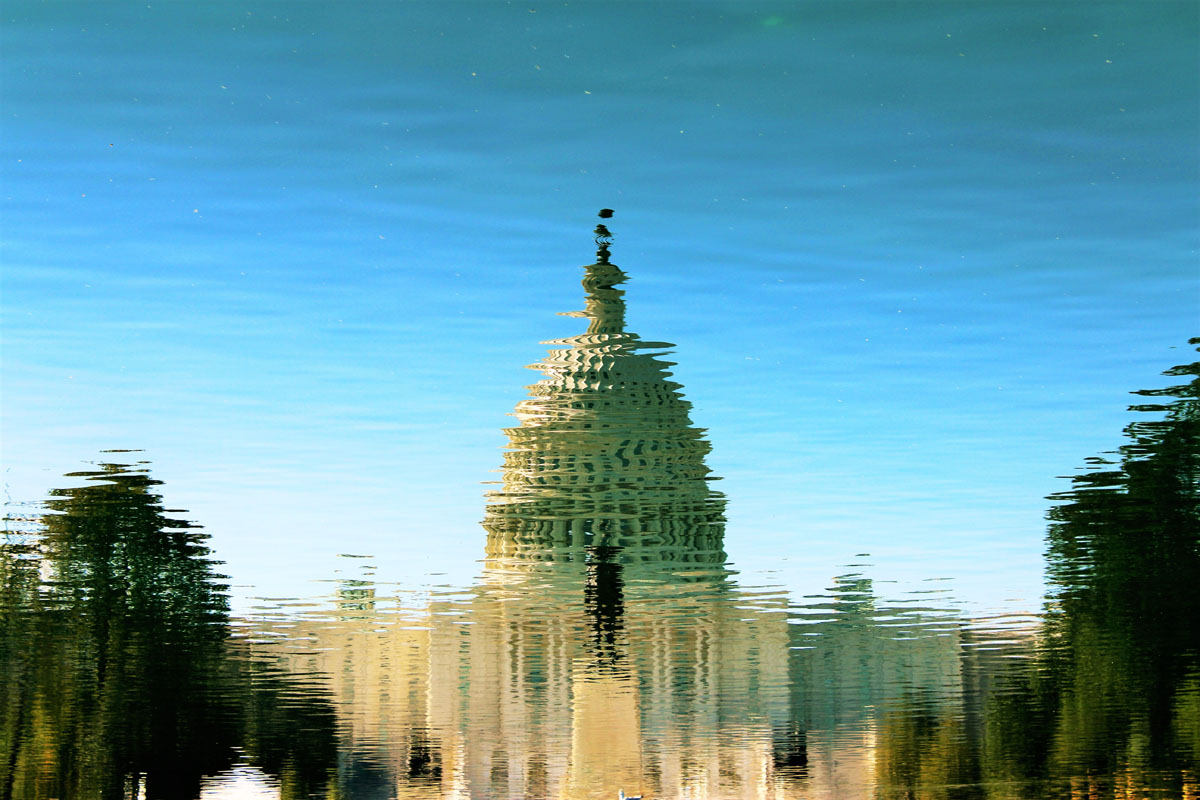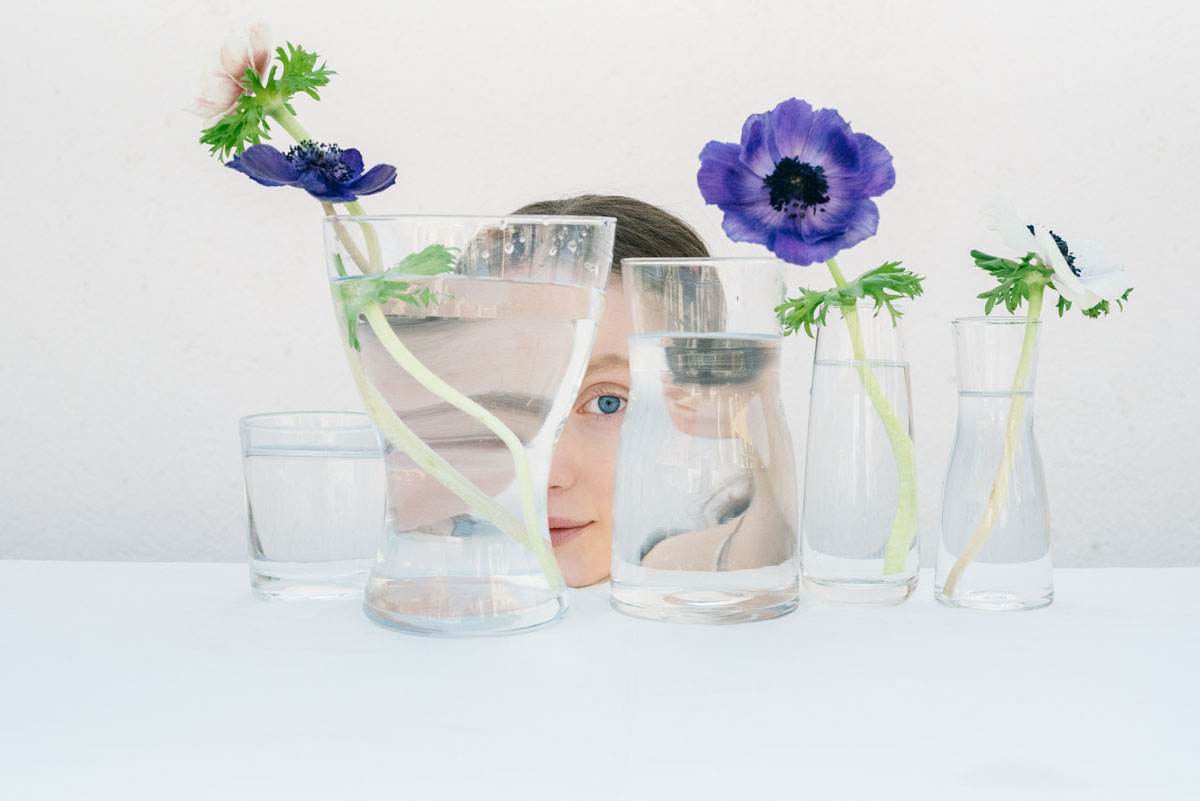Short description of the topic
A fun activity for children to explore the properties of light and get creative with photography.
Learning outcomes
-
Competencies
- Competence in science: learning about properties of light
- Visual competence: observation, visual perception of distorted objects
- Cognitive competence: planning, making predictions
- Artistic competence: fostering creativity
- Digital and media competence: fostering skills in photography
-
Target group
5 years and up- Small groups
-
Required materials
- Camera
- Pens
- Several glasses of water
- Objects for photographing (fruit, toys, everyday objects, etc.)
-
Materials
- Examples of photographs of distorted objects through water

Download
(.pdf 160.14 KB)
Description of the activity (step by step)
Preparation:
Start a conversation about the light. What is it? Where does it come from? Let the children express their ideas and knowledge. Explain to them that they can imagine the light as tiny packages of light that travel in a straight line from the light source to our eyes. When the light travels through water, however, its path gets bent and we see a distorted object.
You can demonstrate this by putting a pencil in a glass of water and move it around to find the best spot. The pencil will appear broken.
Now tell the children that you will use this property of light to create funny photographs. You can show them some examples of this kind of photography, for example by Suzanne Saroff.
Implementation:
Children work in small groups. They place objects (fruits, toys, drawings, etc.) behind one or several glasses of water and photograph them. They can try out different perspectives, move around, move the object, and move the glasses. All this will change the appearance of objects, even make them disappear.
If the children like, they can make funny portraits of each other by placing a glass of water between the photographer and the portrayed child.
Reflection:
Look through the photos and let the children comment on their experience. What have they observed? How else could they make distorted pictures? Let them come up with ideas and, if possible, try them out.
Variations and additional ideas
Look through the photos and let the children comment on their experience. What have they observed? How else could they make distorted pictures? Let them come up with ideas and, if possible, try them out.
Try out further experiments with light and water:
https://www.youtube.com/watch?v=APCaTTowj8c
https://www.youtube.com/watch?time_continue=42&v=G303o8pJzls
You can add some drops of color to the water and make some colorful photographs.







